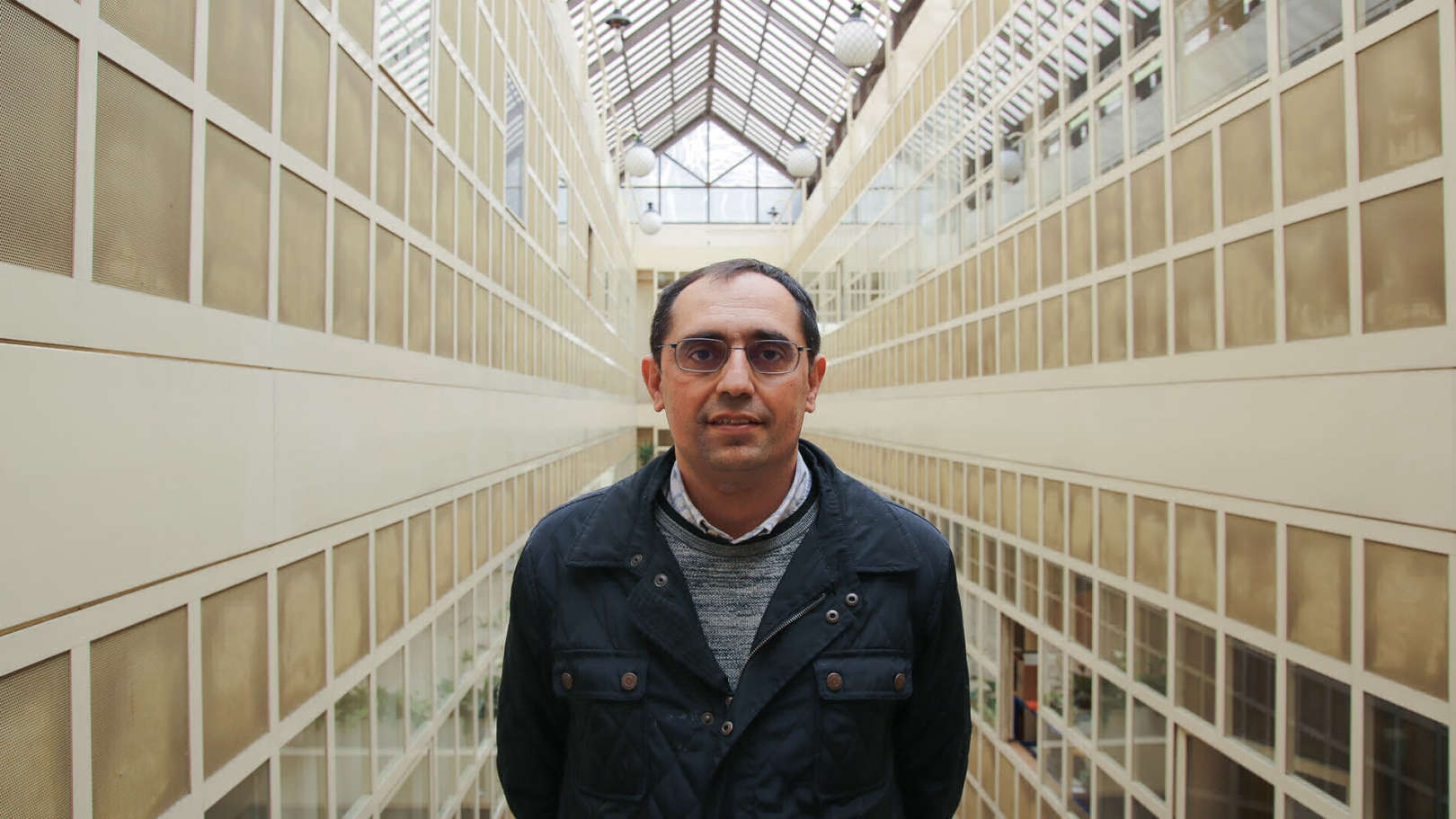Sobre
Licenciado em Física - Óptica pela Universidade do Minho (1999), obteve um Mestrado em Optoelectrónica e Laser pela Faculdade de Ciências da Universidade do Porto (2003 e Doutoramento em Física pela Faculdade de Ciências da Universidade do Porto (2011). É Professor Adjunto no Instituto Politécnico de Viana do Castelo e Investigador Afliado no Centro de Fotónica Aplicada do INESC TEC. É autor e co-autor de mais de 80 artigos científicos relacionados com sensores em fibras ópticas, whispering gallery modes e redes de período longo


